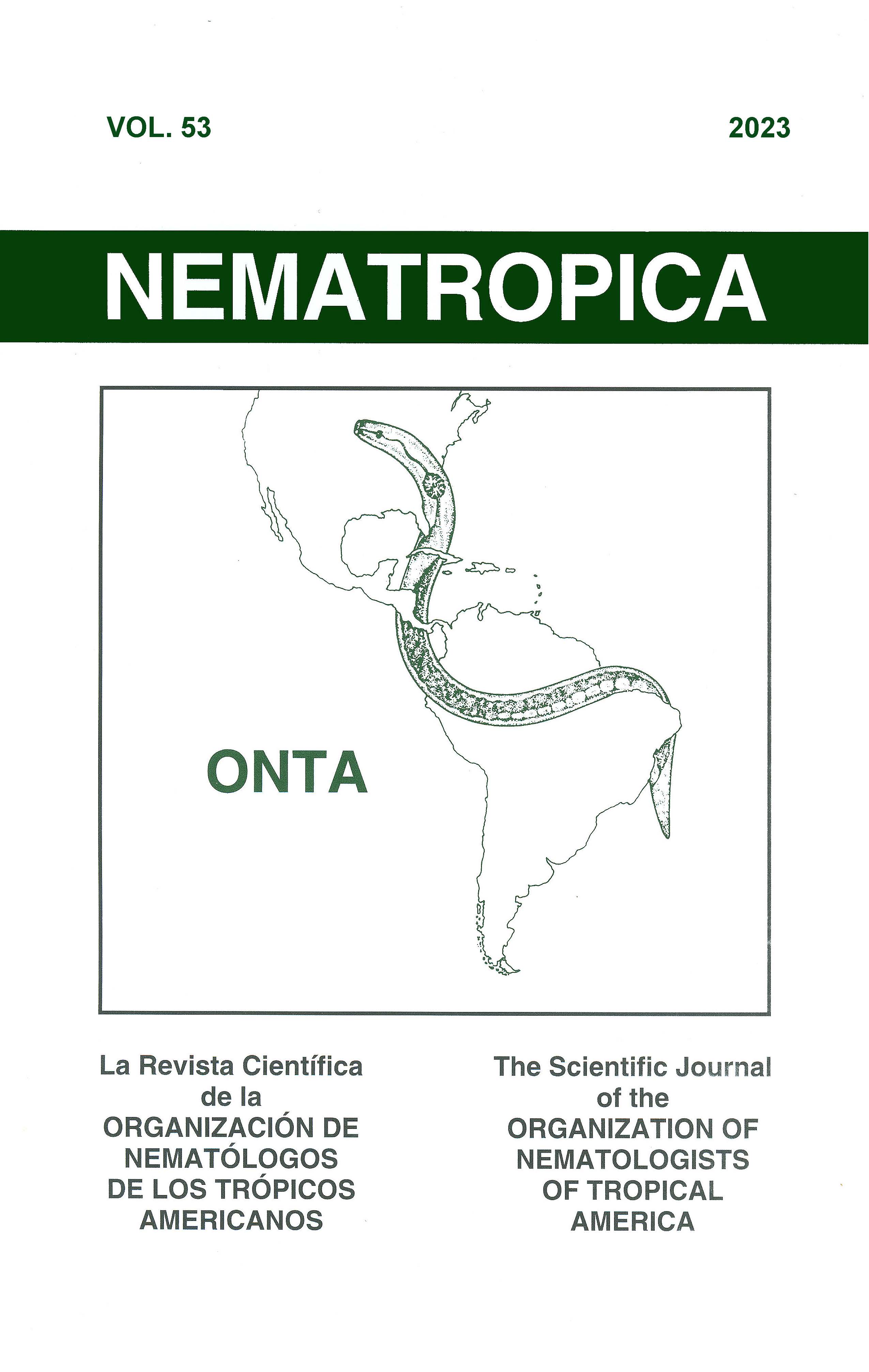DISTRIBUTION OF CEREAL CYST NEMATODES IN RICE FIELDS OF PUNJAB, PAKISTAN AND EVALUATION OF NEMATICIDAL POTENTIAL OF RHIZOBACTERIA TO SUPPRESS HETERODERA POPULATIONS
Resumo
Cereal cyst nematodes (CCN) are among the most devastating endoparasitic sedentary nematodes especially, Heterodera avenae and Heterodera oryzae, which attack a wide range of small grain crops. A survey was conducted in 2020 to determine the CCN infestation in the four main rice-growing districts of Punjab, Pakistan. Cereal cyst nematodes were found in 38.5% of the samples collected. Seven bacterial species isolated from the rhizosphere of different crop plants were evaluated against CCN. Among the seven bacterial species, Pseudomonas fluorescens, Bacillus subtilis, Pseudomonas putida, and Pseudomonas geniculata caused more than 70% CCN second-stage juvenile (J2) mortality when applied as bacterial cultures, culture filtrates, and volatiles. Egg hatching of CCN was also reduced with the application of bacterial cultures, culture filtrates, and volatiles. P. fluorescens, P. geniculata and B. licheniformis significantly reduced egg hatching to 20% compared to the untreated control in which hatching was 65% after 72 hr. The results revealed that rhizospheric bacteria have the potential to kill CCN J2 and reduce egg hatch. These bacterial species have the potential to be alternatives to chemical nematicides for the eco-friendly management of CCN.

